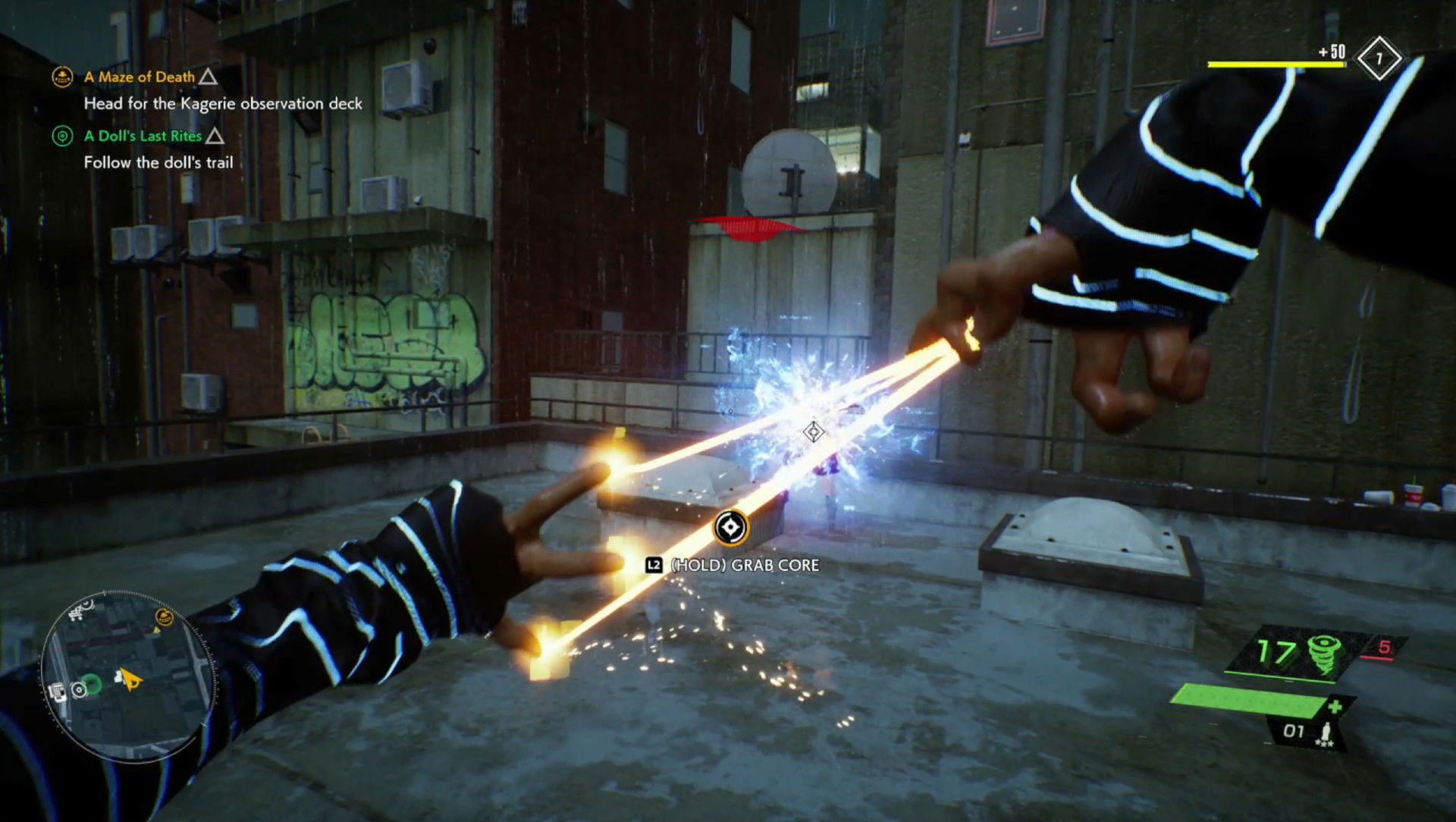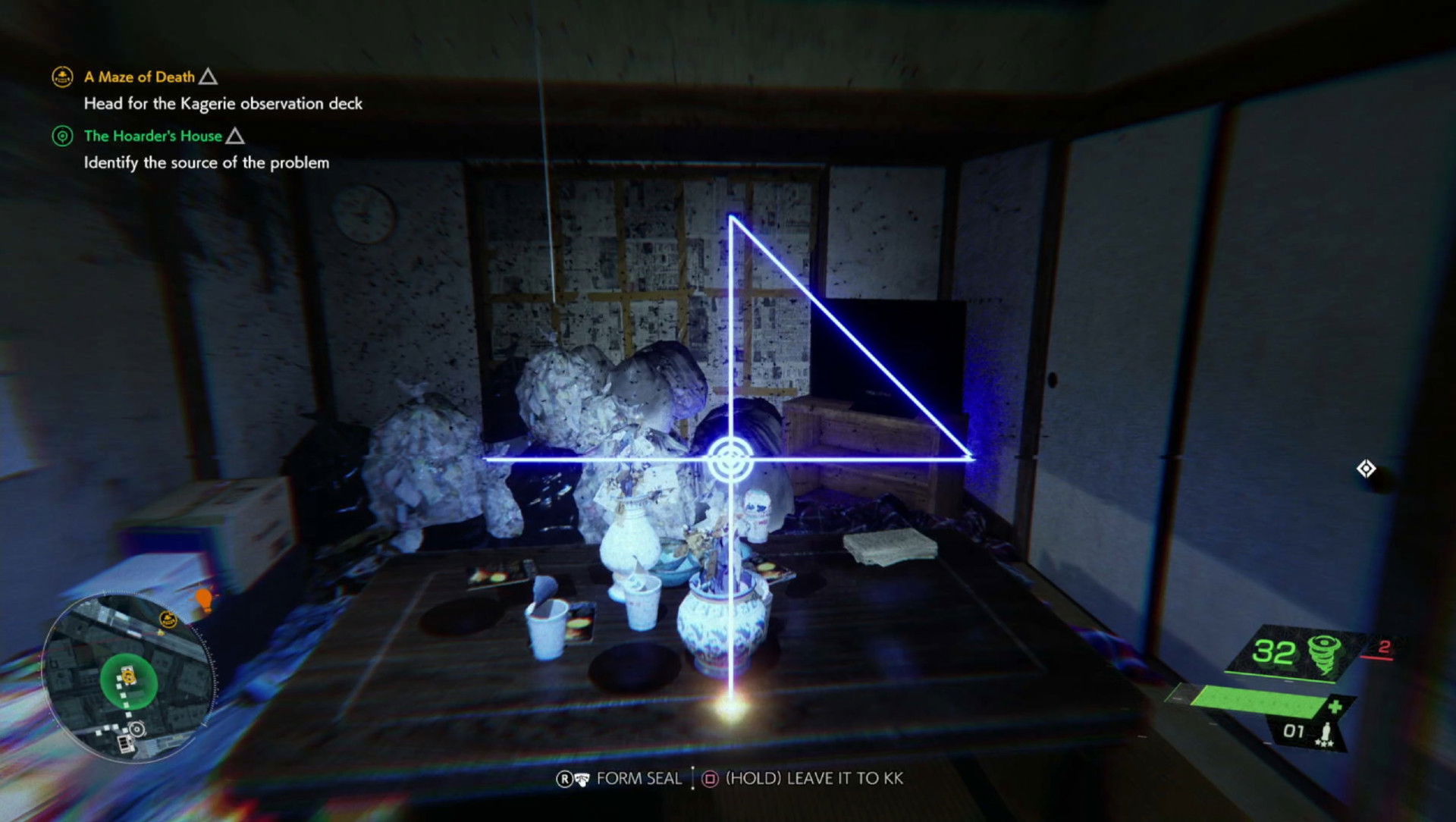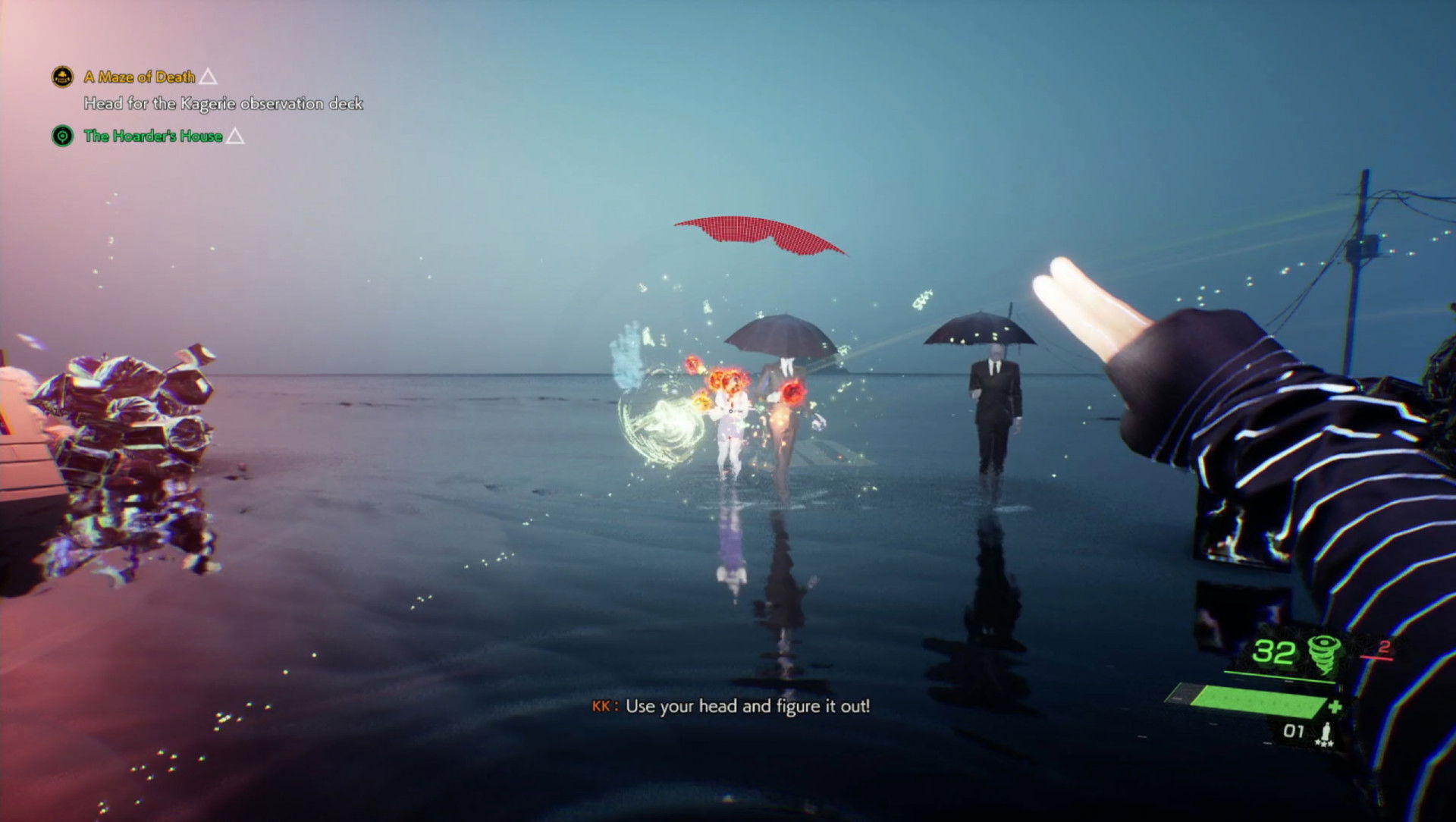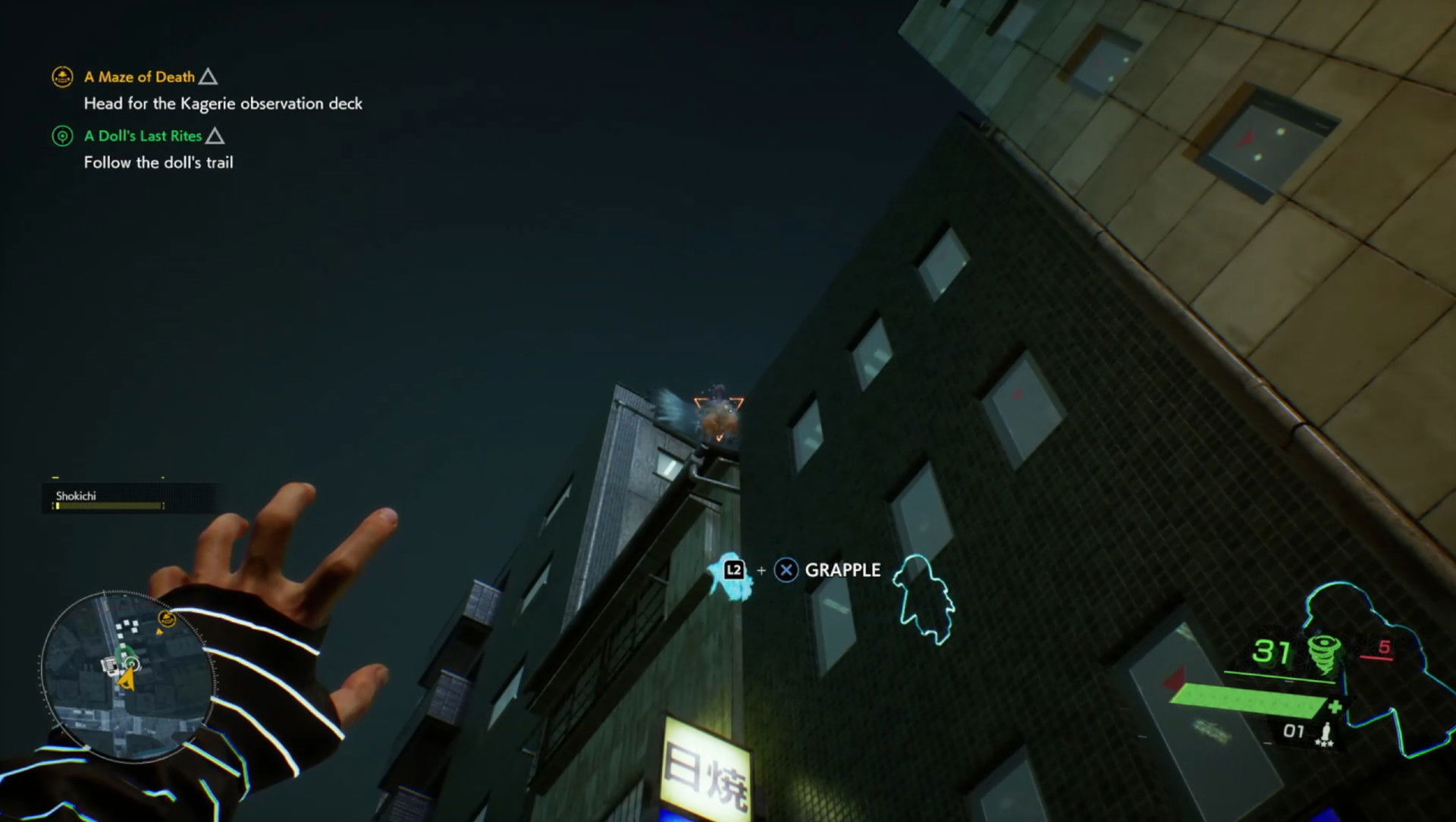Thanks to our friends over at Bethesda, we got our hands on Tango Gameworks latest game, Ghostwire: Tokyo. While we can’t talk about a whole lot of what we were given, we were given clearance to discuss Chapters 1 and 2. It may not sound like much on paper but honestly, I spent quite a bit of time exploring Tokyo in Chapter 2 and there’s quite a bit to talk about.
Ghostwire: Tokyo is set in, you guessed it, the modern-day city of Tokyo. Things begin high above the city as a disembodied voice searches from the skies looking for a body to inhabit. It can’t possess the body of a living human and that’s where our hero Akito comes in. Akito, it seems, is unfortunately dead leaving the perfect opportunity for the spirit to take over his body. In doing so, Akito is revived and bears witness to a thick fog that’s enveloping the city, consuming the body of anyone within its wake, followed by the ghostly “Visitors”.
Chapter 1 is relatively small, serving mostly as a tutorial for the players to learn some quick mechanics and set the foundation for the story. For the sake of spoilers, I won’t discuss the next few story bits, but it goes without saying that Akito and the spirit, who introduces himself as KK, decide to work together. Chapter 2 thankfully is where players have mostly let off the leash and are allowed to explore Tokyo a bit more. The opening part is also the same part of the game I saw when I got to see the game in action behind closed doors.
The game takes place from a first-person perspective and plays like a first-person shooter. Only instead of using guns, Akito has access to a form of combat known as “Ethereal Weaving”. By harnessing various elements like wind, water, and fire, Akito can take down the ghostly army threatening to destroy the world. In the beginning, I only had access to the wind ability which is the more “efficient” form of weaving. It has plenty of energy, works well over long distances, and can be sped up, allowing for visitors to be taken down a touch faster by exposing their cores. In the five hours I played around in the game, I also unlocked the fire and water aspects, both of which offer their own unique approach to combat.
Tokyo is a city made up of skyscrapers, compact streets, and neon lights. In an effort to make the world feel more open, Tango Gameworks has done its best to keep verticality in mind when it comes to Ghostwire. Bird-like Yokai called Tengu, populate the skies and rooftops. They’re not hostile and players can use them to their advantage by grappling onto them and zipping up to the tops of buildings. Akito can also clamber up and over objects, climb ladders as well as a glide for a short amount of time in order to traverse the upper portions of the city. It was definitely one of my favorite things to do during the preview and I spent way too much time doing it.
There’s plenty of side content to look forward to as well. In my five hours, I did a handful of sidequests, found a large number of collectibles, and rescued thirty thousand spirits. If you’re interested, check out our video on the “Hoarder’s House” sidequest, where we go into a house of a corrupted spirit, hell-bent on collecting, well…. everything. It gives you a good look at how things like “Hand Seals” work, the way demonic influences have on Akito’s surroundings, and a pretty good look at the game’s combat.
There is a lot more that I really want to talk about but honestly, I think I’m going to save it for the review. Other than some performance issues while using “Quality Mode”, the game offers five other graphical modes and I found the performance mode with V-Sync worked the best. My only other complaint would be the movement which I found to be a tad clunky, otherwise, I enjoyed my time with Ghostwire: Tokyo. It’s a lot of fun and puts a unique spin on old open-world mechanics. I cannot wait to really dive into the rest of the game and see what else it has to offer.
Thanks for reading our Ghostwire: Tokyo hands-0n preview. Be sure to check out our review of the game once we’re able to share it with you.






